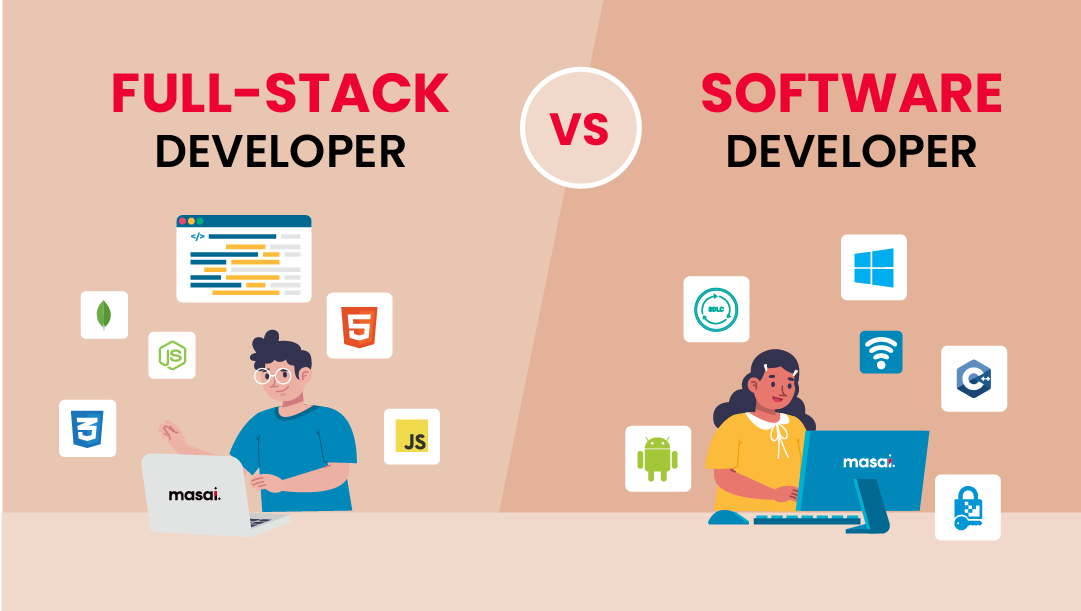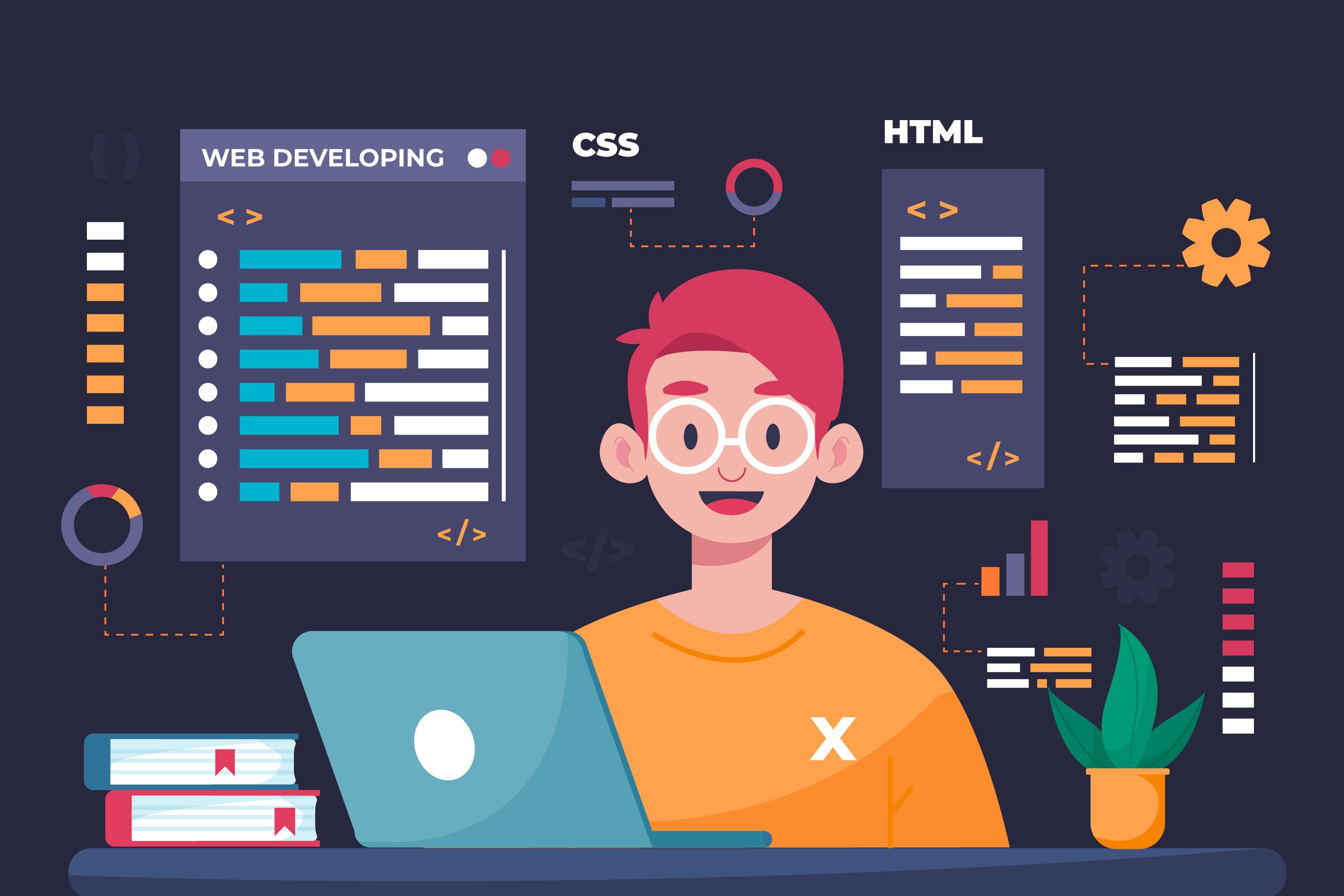Committed Developers vs. In-House Teams: Which Is Right for You?
The choice between utilizing devoted developers and preserving an internal team is a significant one that can impact the trajectory of your jobs and overall company approach. Committed programmers provide a degree of adaptability and customized knowledge that can be useful for particular, short-term campaigns. Alternatively, in-house teams add to a natural firm society and a nuanced understanding of long-term objectives. By checking out crucial variables such as budget, task scope, and preferred control, you can much better determine which technique aligns with your organizational demands. The ramifications of this option extend beyond instant results-- consider the wider effect on your service landscape.
Recognizing Committed Designers
The expanding demand for specialized skills in the technology market has actually led to the emergence of devoted developers as a viable option for many organizations. These experts are normally contracted on a task basis, permitting business to leverage certain experience without the long-lasting dedication connected with permanent hires. Committed developers are usually ingrained within a client's team, offering adaptability and scalability to satisfy task demands.
This model enables companies to access an international skill pool, which is especially advantageous in a rapidly advancing technological landscape. Devoted programmers can be sourced from different geographical areas, guaranteeing that business can locate the appropriate capability at affordable rates. They typically bring a wide range of experience and expertise, having worked on diverse projects across different industries.
Moreover, specialized developers can concentrate specifically on the jobs at hand, boosting productivity and efficiency. They are equipped to integrate flawlessly right into existing workflows, working together very closely with in-house groups to accomplish task objectives. This strategy not just lowers the problem of employment and training yet additionally permits organizations to continue to be dexterous, adapting promptly to changing market needs and technological improvements.
Benefits of In-House Teams

Furthermore, internal teams often tend to have a deeper understanding of the firm's mission, worths, and objectives. This positioning can improve employee interaction and motivation, as group members really feel extra linked to their job and the organization's success. Additionally, having a committed in-house group allows for better placement of approaches and purposes, as these participants are continually focused on the company's concerns.
In-house groups likewise assist in quicker decision-making procedures, as they can respond extra swiftly to adjustments and difficulties. The established relationships and experience with business procedures enable for structured operations and decreased miscommunication. Eventually, the combination of a natural society, placement with business objectives, and efficient communication makes in-house teams a beneficial property for numerous companies, particularly those looking to cultivate long-lasting growth and advancement.
Price Factors To Consider
When evaluating price factors to consider, both specialized programmers and in-house groups existing unique financial effects for companies. Involving specialized designers generally involves a pay-per-project or hourly price version, which can be cost-efficient for services with varying project demands. This approach permits for versatility in scaling resources up or down, ensuring that business only pay for the services they require.
On the other hand, in-house groups involve taken care of costs, consisting of incomes, advantages, and overhead expenditures such as office and equipment. While this model provides better control and immediate schedule of resources, it may bring about higher long-term expenditures, specifically if the tesla software developer work does not validate a full-time team.
Moreover, business should consider the surprise costs related to recruitment and training of internal staff members, which can better strain budgets. Sometimes, the time and resources spent on handling an in-house group can detract from the organization's core service goals.

Job Management and Versatility
Project monitoring and adaptability are essential variables that influence the selection between committed programmers and internal teams. Devoted teams usually have developed processes for handling projects efficiently, leveraging specific methods like Agile or Scrum, which facilitate iterative progress and versatility.

Inevitably, the option in between dedicated programmers and internal teams rests on the wanted level of adaptability and the details job monitoring needs. Firms must evaluate their operational characteristics, task complexity, and source availability to determine which option lines up finest with their tactical purposes.
Making the Right Choice
Choosing the ideal development technique-- internal teams click this link or committed designers-- needs a cautious assessment of numerous aspects that straighten with a business's tactical objectives. software engineering staffing. First, consider the nature of the task. If it demands specialized abilities or a fast scale-up, dedicated developers might be much more suitable. Conversely, in-house teams can give better connection and combination with existing employees.
Next, review your budget. Committed designers frequently offer a cost-effective option for temporary tasks, while in-house groups might incur greater long-term expenses because of incomes, benefits, and overhead expenses. Analyze the degree of control and collaboration desired; internal teams typically foster stronger interaction and positioning with business society.
If instant outcomes are necessary, devoted developers can be onboarded quickly, whereas building an internal group takes time for recruitment and training. If continual advancement is crucial, spending in an in-house transferring website from wix to shopify team may generate better returns over time.
Conclusion
In conclusion, the choice in between internal groups and committed programmers rests on project needs and organizational purposes. Committed programmers supply flexibility and customized experience, making them suitable for temporary efforts. Alternatively, internal teams grow a natural society and much deeper positioning with long-term goals. Careful evaluation of spending plan restraints, task timelines, and wanted control degrees is essential for figuring out the most ideal technique, making certain positioning with tactical concerns and functional effectiveness.
The decision in between using committed developers and keeping an internal group is a significant one that can impact the trajectory of your projects and total organization technique.Job monitoring and versatility are important factors that influence the selection in between devoted designers and in-house groups. software engineering staffing.In comparison, internal teams may succeed in keeping a constant task monitoring framework due to their familiarity with the organization's society and long-lasting objectives. Committed designers usually provide an economical solution for short-term tasks, while in-house teams might incur higher lasting expenditures due to wages, benefits, and expenses prices.In verdict, the choice in between internal groups and devoted designers hinges on task demands and organizational purposes